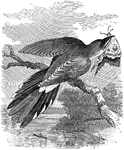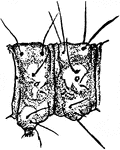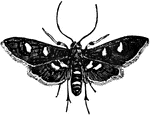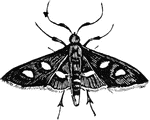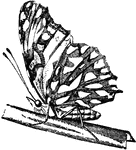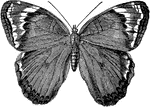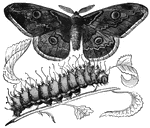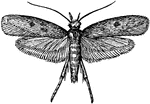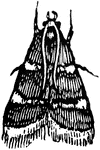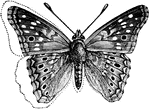
Chrysalids
"Chrysalids: a, Orange-tip Butterfly; b, Black-veined White Butterfly; a, Swallow-tailed Butterfly;…
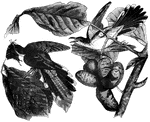
Yellow-billed cuckoo
Also known as the common American cuckoo, the yellow-billed cuckoo subsists on a diet of hairy caterpillars,…
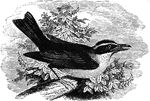
Spoonbill Tyrant Flycatcher
The spoon-bill tyrant fly-catcher has a large, thick bill, which it uses for feeding on butterflies.

Geometrina
"The Geometrina in the larval condition have only four prolegs, the usual number being ten, and in moving…

Geometrina
"The Geometrina in the larval condition have only four prolegs, the usual number being ten, and in moving…

Large White Cabbage Butterfly
A female large white cabbage butterfly has two large black spots on each upper wing. The body is black…

Metamorphosis of a Monarch Butterfly
A butterfly is an insect of the order Lepidoptera. Like all Lepidoptera, butterflies are notable for…
Metamorphosis of a Monarch Butterfly
A butterfly is an insect of the order Lepidoptera. Like all Lepidoptera, butterflies are notable for…
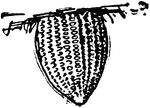
Metamorphosis of a Monarch Butterfly
A butterfly is an insect of the order Lepidoptera. Like all Lepidoptera, butterflies are notable for…
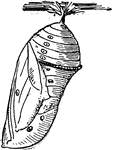
Metamorphosis of a Monarch Butterfly
A butterfly is an insect of the order Lepidoptera. Like all Lepidoptera, butterflies are notable for…

Morphidae
"The family Morphidae contains the largest and most splendid of the South American butterflies. Their…

Moth
The wings are long; the primaries blunt; the secondaries small. The thorax is square with a central…

Carpet Moth
Cidaria, a genus of moths characterized by having oblique bands with acute angles across the front wings.

Death's Head Moth
A moth with markings on the back of its thorax very closely resembling a skull. Usually measures 4 to…
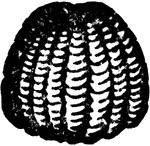
Owl Moth
The owl moth is a moth whose larvae are known to feed on a wide array of plants including a range of…
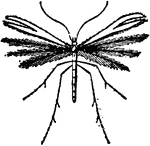
Plume Moth
"The insects of the group Pterophorina, are remarkable from the peculiar conformation of their wings.…

Plume Moth
"The insects of the group Pterophorina, are remarkable from the peculiar conformation of their wings.…

Sphinx Moth
"The Sphingina or Sphinx Moths, so callled from the curious havit which the larva have of raising the…

Sphinx Moth
"The Sphingina or Sphinx Moths, so callled from the curious havit which the larva have of raising the…
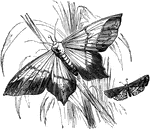
Swallow-Tailed Moth
The swallow-tailed moth (Ourapteryx sambucaria) and the many-plumed moth (Ourapteryx hexadactyla).
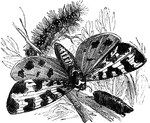
Tiger Moth
The garden tiger moth (Arctia caja) is named for the different and colorful patterns on its wings.






